While established art capitals like New York, London, and Paris dominate gallery headlines, a parallel universe of artistic innovation thrives beneath the mainstream radar. These underground scenes—often operating in transformed industrial spaces, basement galleries, and literal subterranean venues—represent the cutting edge of contemporary expression, where artists experiment freely without commercial pressures or institutional constraints. Their deliberate distance from conventional art circuits creates authentic creative environments that are increasingly rare in gentrified cultural capitals.
Here is a list of 15 cities harboring extraordinary underground art scenes that reward cultural explorers willing to venture beyond established museums and commercial galleries, each offering distinctive approaches to creating and experiencing art outside mainstream channels.
Medellin, Colombia

The Comuna 13 district—once among the world’s most dangerous neighborhoods—has transformed through grassroots artistic intervention into an open-air canvas where local artists process complex histories through vibrant murals, street performances, and community workshops. The true underground scene thrives in converted factory spaces along the Medellin River, where collectives like Casa Kolacho create work addressing political realities that are too controversial for conventional venues.
Visitors willing to connect with local artists discover underground galleries hidden within ordinary-looking residences, accessible only through personal connections that protect these spaces from commercialization.
Leipzig, Germany
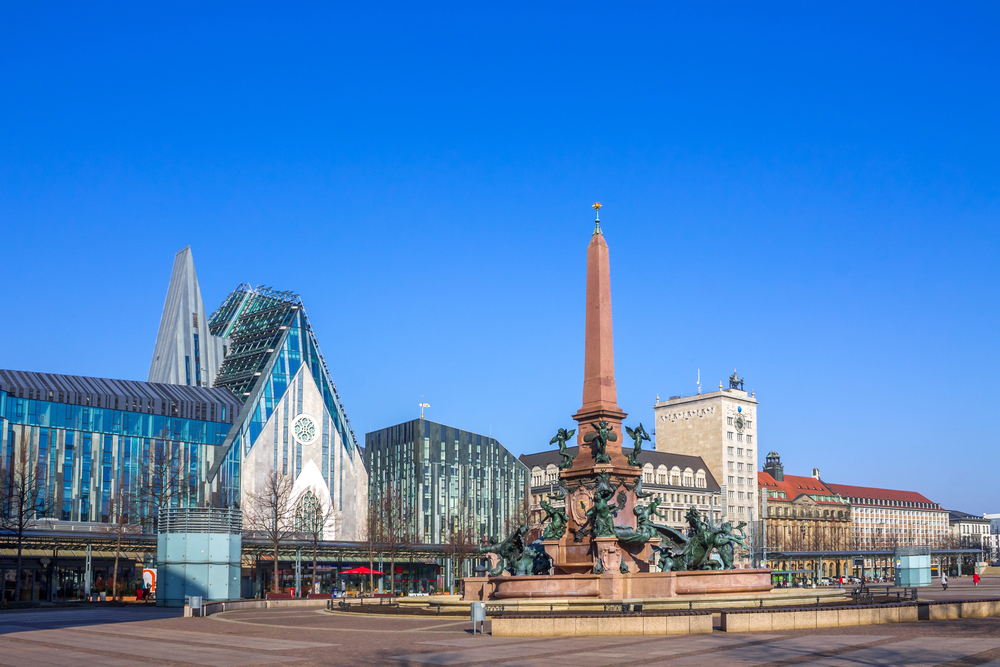
While Berlin grabs headlines, Leipzig harbors Germany’s most authentic underground scene in the cavernous Spinnerei complex—a massive cotton mill transformed into artist studios where the influential “New Leipzig School” developed its distinctive approach to figurative painting. The neighboring Plagwitz district contains dozens of artist-run spaces operating in former factories, some legally established and others existing in semi-legal arrangements that contribute to their underground character.
The Lindenow festival offers rare public access to normally private underground studios, revealing artistic experimentation occurring well outside commercial gallery systems.
Like Travel Pug’s content? Follow us on MSN.
Detroit, Michigan

Detroit’s underground scene operates literally below street level in converted basements and abandoned subway infrastructure, with the Trumbullplex anarchist collective hosting performances that are too experimental for conventional venues. The true underground reveals itself through temporary autonomous zones like The Alley Project, where artists transform overlooked spaces through ephemeral installations addressing the city’s complex relationships with capitalism, race, and urban renewal.
The monthly Oasis Night creates temporary underground galleries in abandoned buildings, accessible only through word-of-mouth networks that preserve their independent spirit.
Ho Chi Minh City, Vietnam
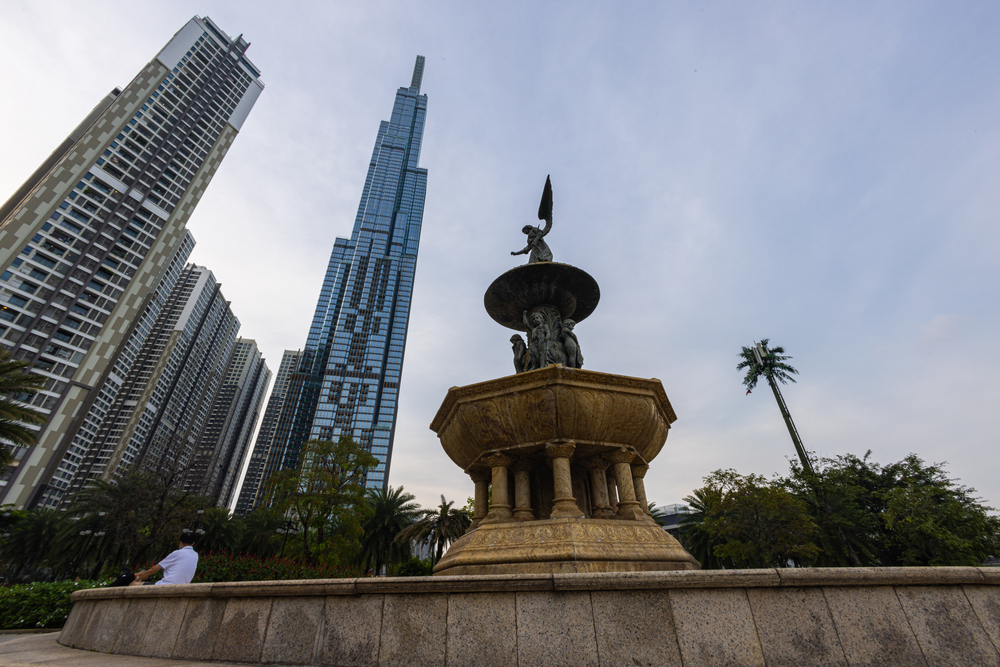
Beneath the surface of Vietnam’s emerging contemporary art market lies a genuine underground scene operating in converted shophouses where artists create politically challenging work addressing environmental concerns, gender identity, and historical revisionism. Spaces like Sàn Art function as cultural platforms connecting local artists with global networks while maintaining independence from government oversight that would restrict content.
The Zone 9 complex—despite official closure—continues hosting clandestine exhibitions in former pharmaceutical factory spaces where artists work with deteriorating infrastructure as both medium and message.
Sofia, Bulgaria
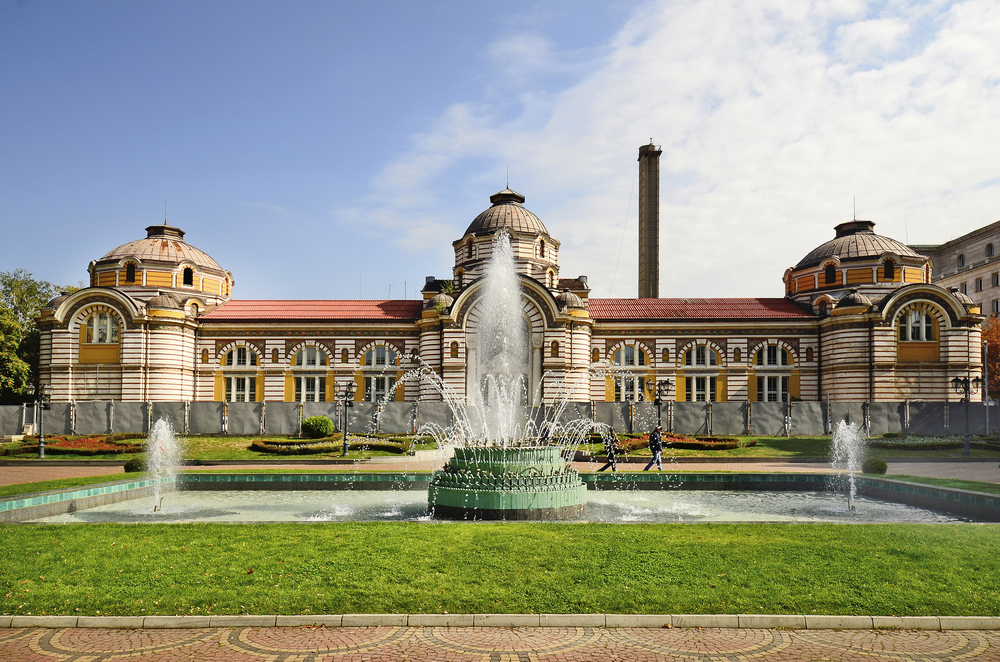
The Bulgarian capital harbors one of Eastern Europe’s most vibrant underground scenes centered around the Podleze subway underpass, where unauthorized installations emerge overnight despite municipal objections. The true underground art experience happens in the abandoned Soviet-era monument ruins scattered throughout the city, where collectives stage temporary exhibitions addressing Bulgaria’s complicated relationship with its communist past.
The Underground Gallery occupies a literal subterranean space beneath a residential building, hosting exhibitions that are too experimental for the commercial venues competing for international recognition.
Like Travel Pug’s content? Follow us on MSN.
Yogyakarta, Indonesia
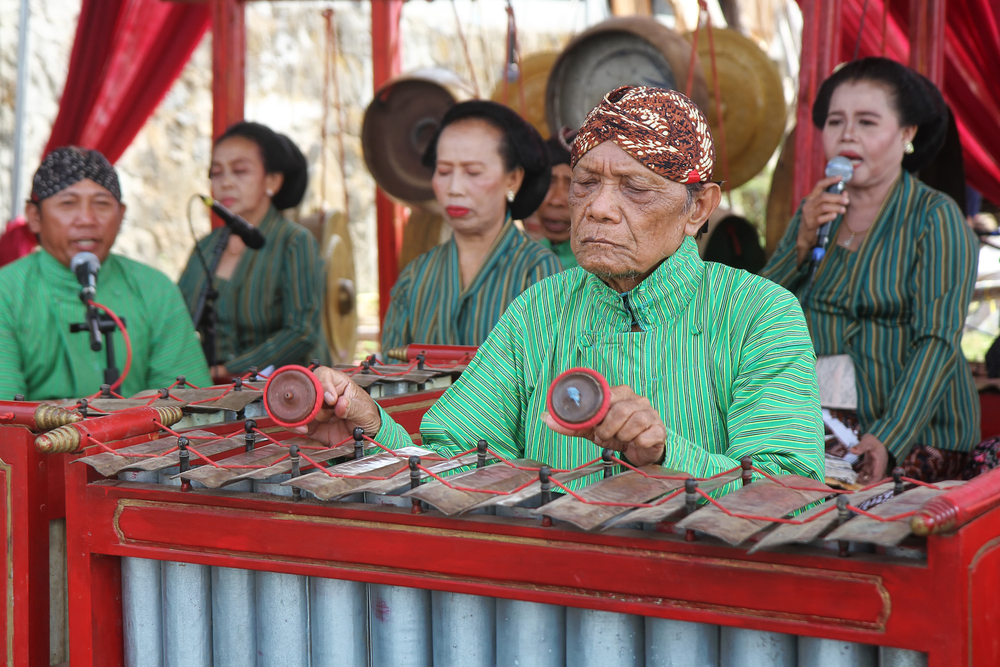
The cultural heart of Java operates on multiple underground levels—from the riverside informal galleries showcasing politically charged student work to the converted colonial warehouses hosting sound art that is too experimental for Indonesia’s commercial art market. The genuine underground scene reveals itself during the RRREC Fest, when abandoned buildings temporarily transform into immersive installation spaces addressing environmental activism through site-specific works.
Artists respond to religious and political pressures through coded visual languages that appear decorative to outsiders while conveying subversive messages understood by local viewers familiar with these underground systems.
Valparaiso, Chile

This port city’s underground scene literally occupies the network of tunnels beneath its historic quarter, with temporary exhibitions illuminating spaces originally built for smuggling. The city’s hillside neighborhoods host invitation-only house galleries where artists address Chile’s complicated political history through work too controversial for established institutions still recovering from decades of censorship.
The genuine underground reveals itself through the Ex-Cárcel Cultural Center, occupying a former prison, where artists engage directly with spaces of historical trauma through performances accessible primarily through local connections rather than tourist information channels.
Pittsburgh, Pennsylvania
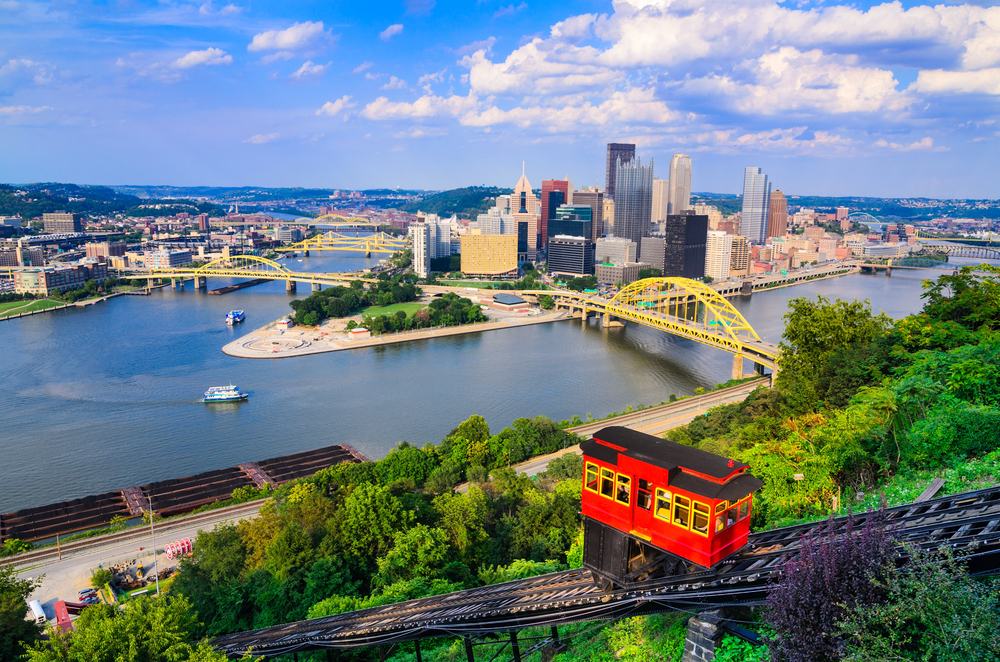
The Steel City harbors surprisingly vital underground networks centered around the Mattress Factory’s experimental installation program and extending into truly underground venues like the Carrie Furnace industrial ruin, where unauthorized iron pour events continue traditional industrial processes as an artistic practice. The Brew House Association operates artist studios in former brewing facilities where genuinely experimental work develops away from commercial pressures affecting coastal art centers.
The mobile Drift gallery creates temporary underground exhibition spaces in abandoned buildings scheduled for demolition, creating urgent contexts for experiencing art outside institutional frameworks.
Like Travel Pug’s content? Follow us on MSN.
Dakar, Senegal
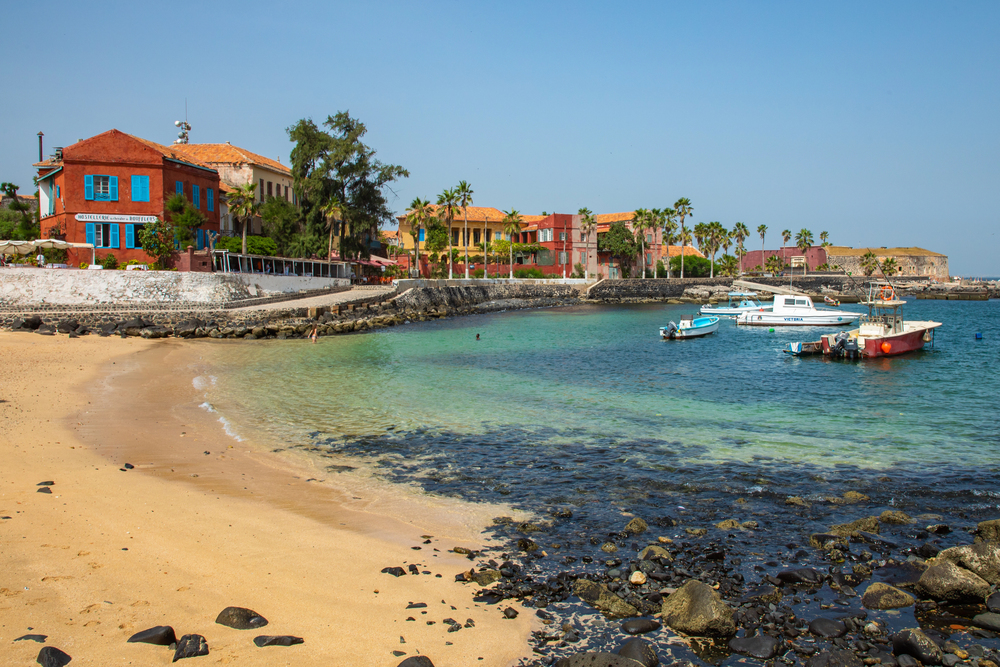
Beneath Dakar’s established position in the African contemporary art world is a genuine underground scene operating in the abandoned colonial buildings of the Plateau district, where artists address complexities of post-colonial identity through media too experimental for the market-oriented galleries catering to international collectors. The Laboratoire Agit’Art collective maintains its radical artistic approach in compound spaces where performances occur without announcement, accessible only through personal connections within the artistic community.
The railway workshops in Thiès host underground metal sculpture communities combining traditional techniques with contemporary forms outside formal artistic and educational systems.
Kaohsiung, Taiwan
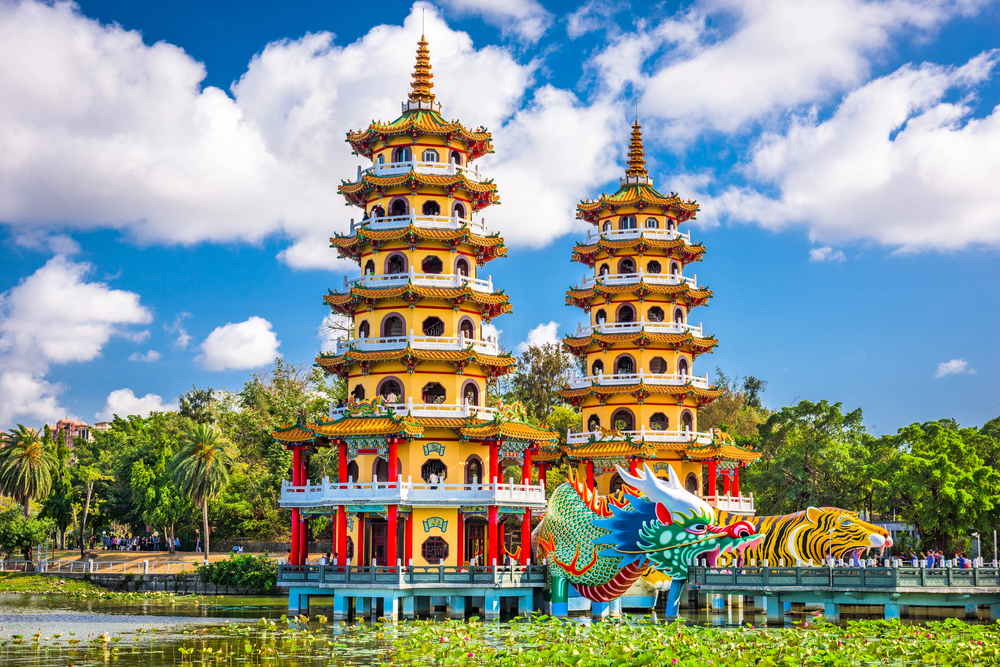
Taiwan’s southern port city harbors underground spaces within its massive decommissioned warehouses, where artists address environmental concerns and contested identities outside the commercial pressures affecting Taipei’s gallery scene. The Pier-2 Art Center serves as an anchor for more experimental projects extending into truly underground venues throughout the industrial district, where temporary autonomous zones emerge in spaces awaiting redevelopment.
The true underground reveals itself during the Takao Railway Museum’s after-hours programming when video projections transform industrial ruins into immersive environments addressing Taiwan’s complicated relationship with neighboring China through coded visual languages.
Porto, Portugal
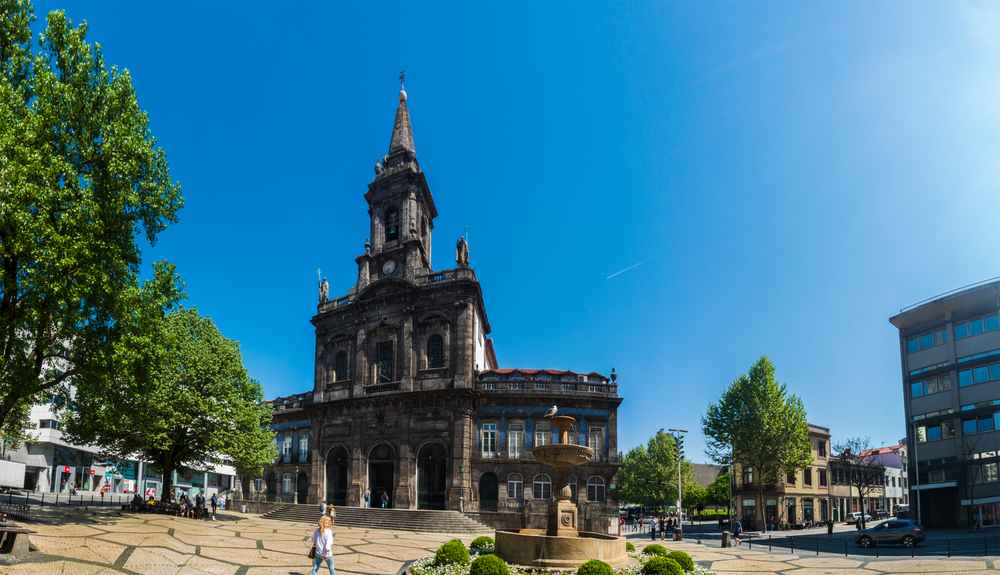
While Lisbon attracts international attention, Porto nurtures a more authentic underground scene within the industrial ruins lining the Douro River’s northern bank. The Miguel Bombarda quarter contains numerous artist-run spaces operating in former textile factories, while truly underground venues emerge temporarily within the abandoned port wine cellars beneath the city.
The Serralves Museum’s grounds host unpublicized interventions where artists engage with the landscape through ephemeral works invisible to casual visitors. The city’s underground scene reveals itself most completely during the annual Queer Porto festival when private apartments transform into exhibition spaces addressing gender and sexuality outside mainstream Portuguese cultural contexts.
Like Travel Pug’s content? Follow us on MSN.
Durban, South Africa
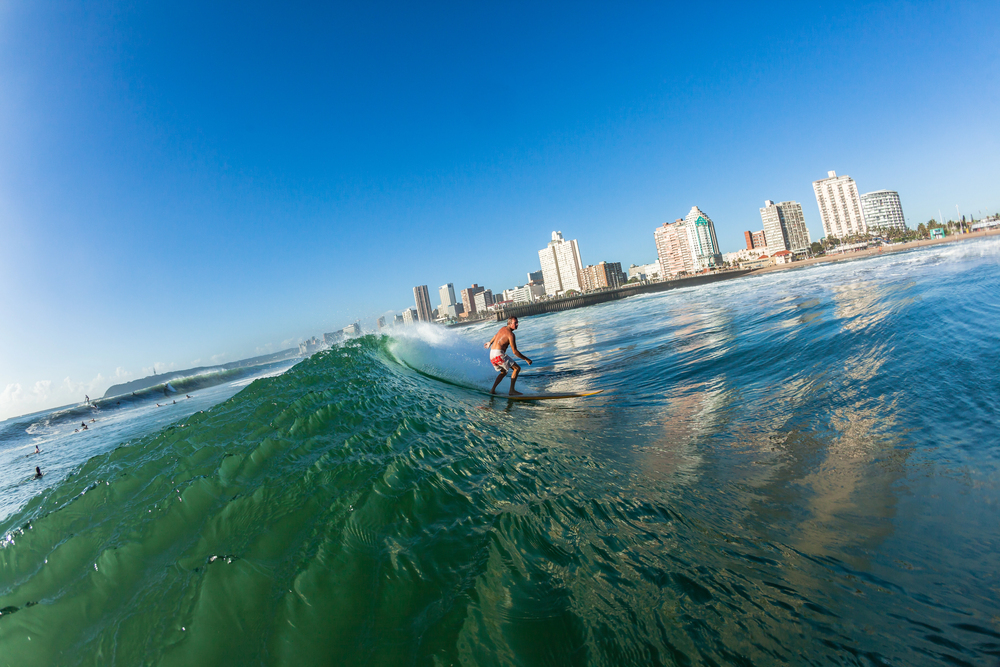
South Africa’s third-largest city harbors underground artistic networks operating in the Point Road district, where converted storage facilities host exhibitions addressing contemporary urban issues outside the commercial constraints affecting Cape Town and Johannesburg galleries. The genuine underground scene reveals itself through the Bat Centre’s experimental workshops, where traditional Zulu artistic practices merge with contemporary forms in works too complex for market categorization.
The monthly First Thursdays events provide rare access to normally private studio complexes in repurposed industrial buildings where artists develop work engaging directly with South Africa’s ongoing social transformation.
Guadalajara, Mexico
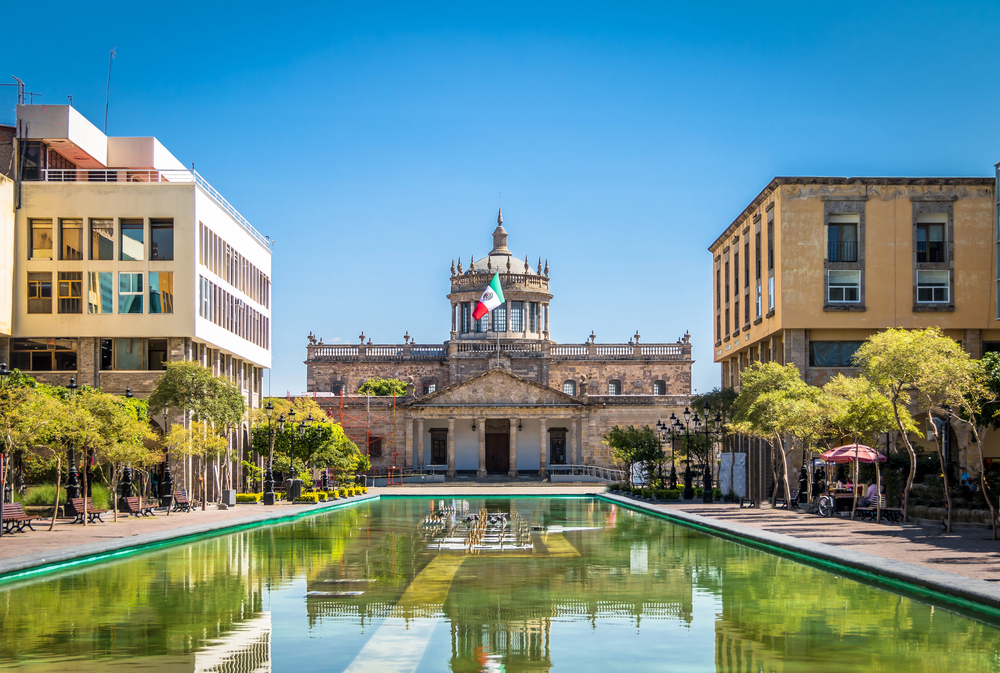
While Mexico City dominates headlines, Guadalajara harbors Mexico’s most cohesive underground scene centered around the Parque Morelos district, where converted textile factories host cross-disciplinary projects merging visual art, music, and environmental activism. The genuine underground reveals itself through the PAOS Foundation’s residency program occupying a former industrial mansion where artists develop work addressing border politics, indigenous rights, and environmental justice outside commercial contexts.
The annual Trama festival creates temporary autonomous zones throughout the city’s underground parking structures, transforming utilitarian spaces into immersive environments accessible primarily through local connections.
Bristol, UK
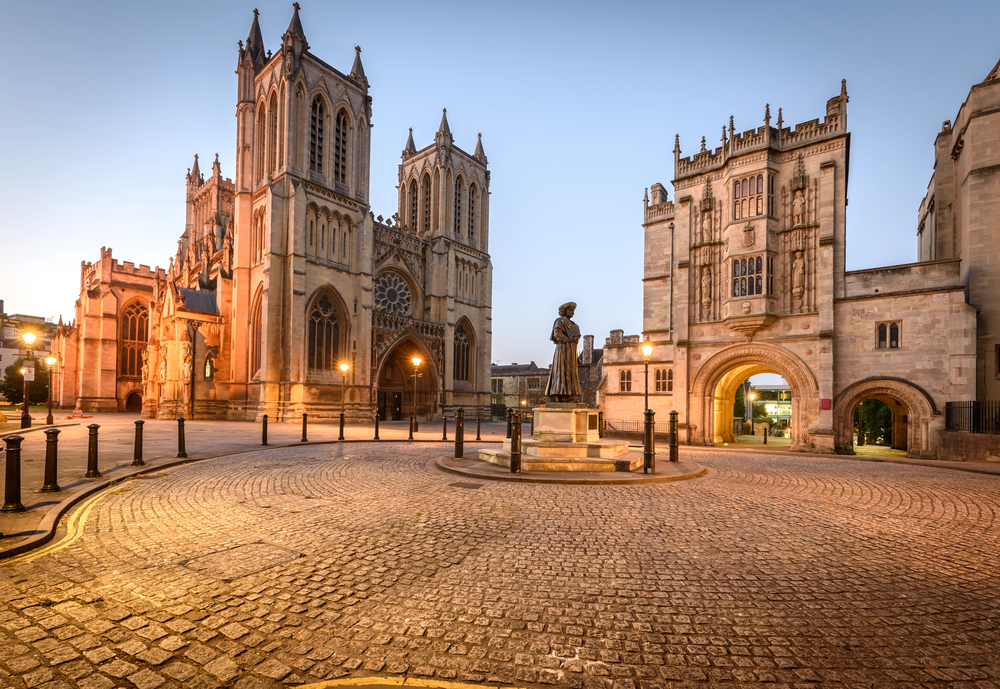
Beneath Bristol’s established street art reputation thrives a genuine underground scene operating in the former maritime warehouses along the Avon, where collectives like Antlers Gallery stage ephemeral exhibitions in spaces scheduled for redevelopment. The Black Swan complex hosts experimental sound art that is too challenging for conventional venues, while the genuine underground reveals itself through the hidden network of World War II bunkers intermittently opened for site-specific installations addressing themes of security, surveillance, and historical memory.
The monthly Flux events transform abandoned office buildings into temporary autonomous zones where artists experiment outside the commercial pressures affecting London’s gallery system.
Like Travel Pug’s content? Follow us on MSN.
Kathmandu, Nepal

Nepal’s capital harbors a resilient underground scene that emerged with renewed energy following the 2015 earthquake, occupying damaged structures deemed unsuitable for commercial use. The Taragaon Museum complex serves as an anchor for more experimental projects extending into truly underground venues throughout Patan district, where temporary exhibitions address environmental concerns, spiritual practices, and urban development through site-specific installations.
The genuine underground scene reveals itself through the Photo Kathmandu Festival, utilizing forgotten architectural spaces throughout the historic district, transforming everyday environments into exhibition venues outside institutional frameworks that preserve Nepal’s artistic heritage without supporting contemporary experimentation.
Beyond White Walls and Wine Receptions
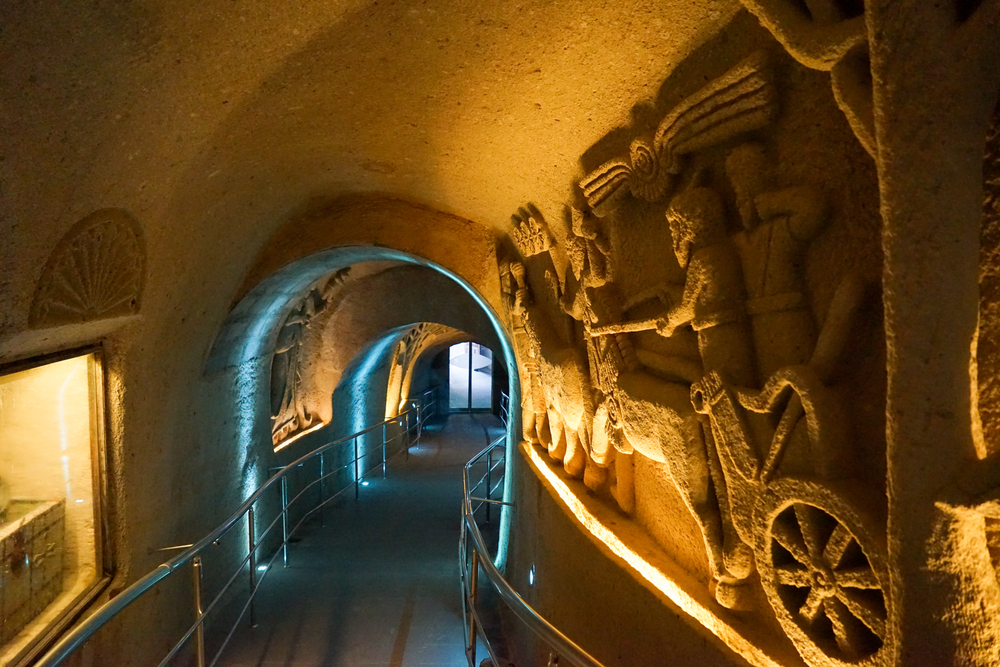
These underground scenes represent contemporary art at its most authentic—created through urgent necessity rather than market calculation, reflecting local conditions while engaging global artistic dialogues on their terms. While established art centers increasingly transform into luxury consumption zones where rising rents displace the very artists who created their cultural capital, these alternative scenes demonstrate the persistence of artistic communities creating vital work outside mainstream visibility.
Their deliberate distance from conventional art circuits creates space for genuine experimentation, increasingly rare in gentrified cultural capitals, preserving the possibility of artistic surprise in an era when algorithms increasingly predict our cultural encounters.
More from Travel Pug

- 20 Destinations That Were Once Thriving but Are Now Quietly Disappearing
- 13 Destinations Where Tourists Regularly Regret Their Trip
- 20 Once-Popular Beach Towns That Are Now Ghostly Empty
- 10 Under-the-Radar Mountain Towns That Are Both Affordable and Beautiful
- Take a ‘Learning Vacation’ in These 20 Extraordinary Places
Like Travel Pug’s content? Follow us on MSN.
